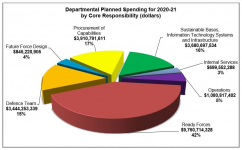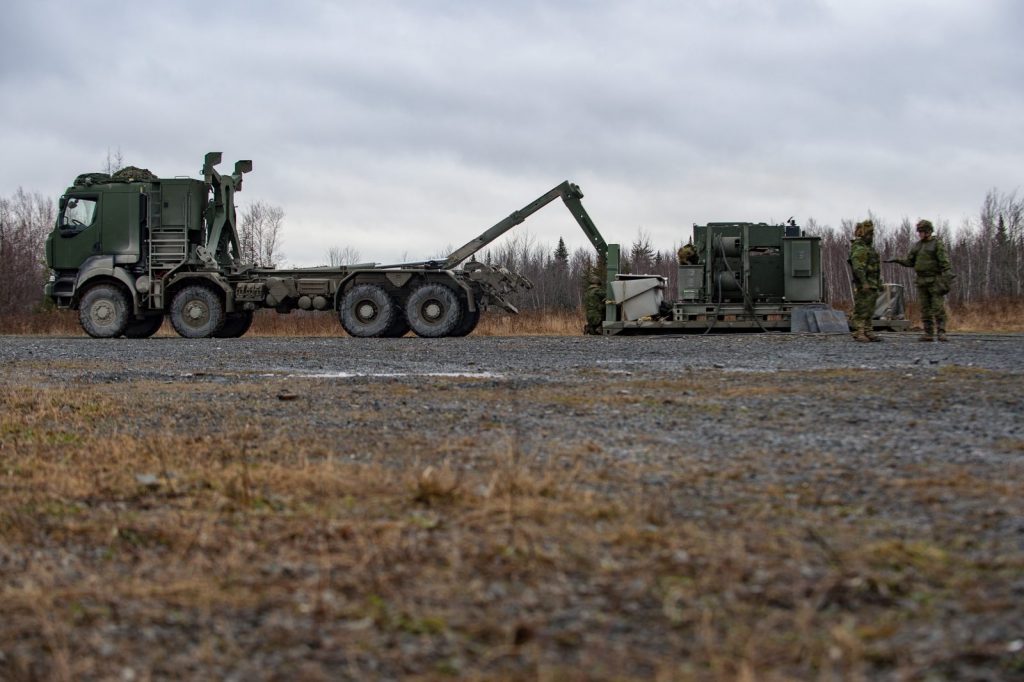- Reaction score
- 18,682
- Points
- 1,160
I promised myself to stay off this forum for a few days so that I could finally get some book writing and model railroading done, but I'm just too much of a sucker for this thread.
But, assuming you are correct then it would be even easier to get a heavy brigade deployed if its gear was prepositioned and only people have to move because both brigades have roughly the same number of folks.
That's what we saw happening in 2000. We could have put our heavy gear "into reserve" and dedicate a small core of full-time folks to keeping up the essential skills and leading and training reservists while keeping it maintained but the euphoria of creating an "agile and relevant future force" tuned to the new order of operating in failed states overcame common sense and we divested and divested and divested to save a few bucks here and there.
Yup. That Rumsfeld quote is the very reason I keep arguing so strongly that we need to maintain a portion of the force as a "heavy" one and my argument has always been that because it is less likely needed on a day-to-day basis it should be a smaller full-time portion than the "light" and "medium" force and heavily weighted towards one manned in large part by a reformed and revitalized reserve force.
If there's one lesson from Arnhem that's worth remembering it's what happens to a "light" forward deployed force when there's no "heavy" force to back them up on the ground.

I'm sure that I'd disagree because not all of our aircraft are up and available at any given time and even a light brigade needs some key gear and if one is talking the whole light brigade then there's actually a fair amount of equipment in the various headquarters and the tail involved.I am not against Heavy Forces -- I just don't see the interest in the CF to pony up for them, and I do see the fact that Canada can save face by showing up early with well equipped light forces.
In 72hrs you could get the majority of a Light Bde anyway in the world with Canada's current fleet of available aircraft.
But, assuming you are correct then it would be even easier to get a heavy brigade deployed if its gear was prepositioned and only people have to move because both brigades have roughly the same number of folks.
That puts you well outside the 72 hours envelope then.One should not view Light Forces as mobile by Mk1 Combat Boot - sure the boot may be the first method to get into position - but there has to be mobility options for the Force.
The Light doesn't "Need" the Aviation Support, or other vehicles - they sure as heck help - but in terms of occupying initial ground - they are not required - the Bde Assets are needed (AD, AT, Deep Fire etc).
The supporting assets can arrive in follow on chalks, and so can heavier forces.
Probably the only quote of Rumsfeld I'm one hundred percent on board with. Particulalry from the point of view that if Canada had at least one "heavy" brigade it could still choose to deploy it as a "medium" or "light" brigade if circumstances demanded that. On the other hand, if you do not have a "heavy" brigade in peacetime then you will never be able to form, train and deploy it in any reasonable time frame whatsoever. That capability is gone for years, period.I don't see Canada being able to move 1/10th of a Medium (let alone heavy) force anywhere in the world in 144hrs.
You go to war with the forces you have, not the ones you want to have -- so either you preposition a ton of equipment worldwide -- or you accept that to arrive "in time" you need to either have a vastly expanded Transport Wing(s) of the RCAF - or tailor the force to what you can get there quickly with what you have in terms of planes.
That's what we saw happening in 2000. We could have put our heavy gear "into reserve" and dedicate a small core of full-time folks to keeping up the essential skills and leading and training reservists while keeping it maintained but the euphoria of creating an "agile and relevant future force" tuned to the new order of operating in failed states overcame common sense and we divested and divested and divested to save a few bucks here and there.
Yup. That Rumsfeld quote is the very reason I keep arguing so strongly that we need to maintain a portion of the force as a "heavy" one and my argument has always been that because it is less likely needed on a day-to-day basis it should be a smaller full-time portion than the "light" and "medium" force and heavily weighted towards one manned in large part by a reformed and revitalized reserve force.
If there's one lesson from Arnhem that's worth remembering it's what happens to a "light" forward deployed force when there's no "heavy" force to back them up on the ground.




